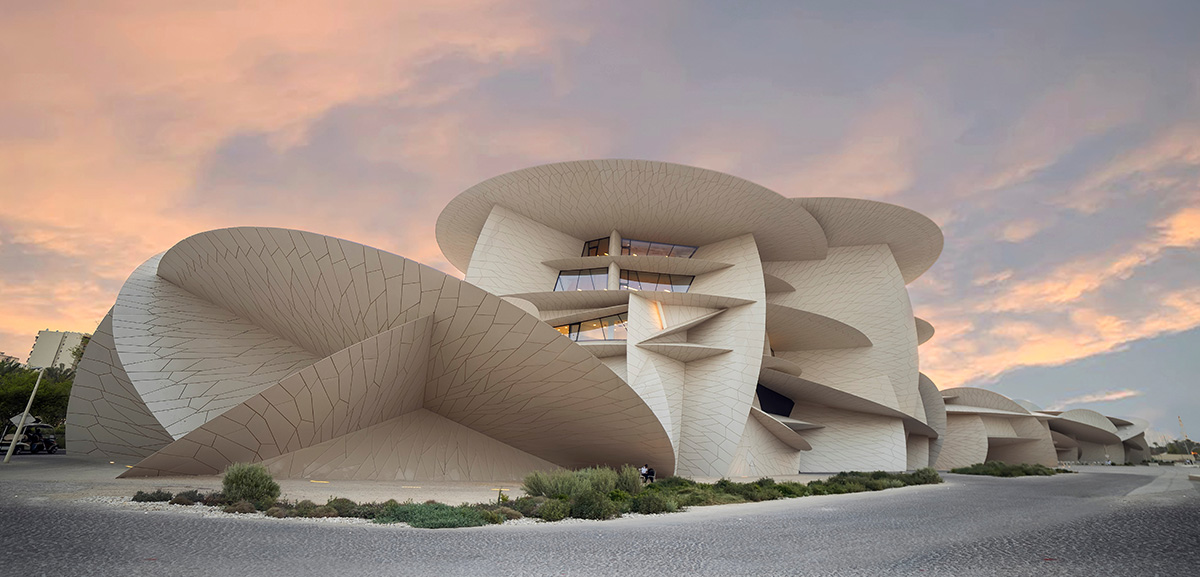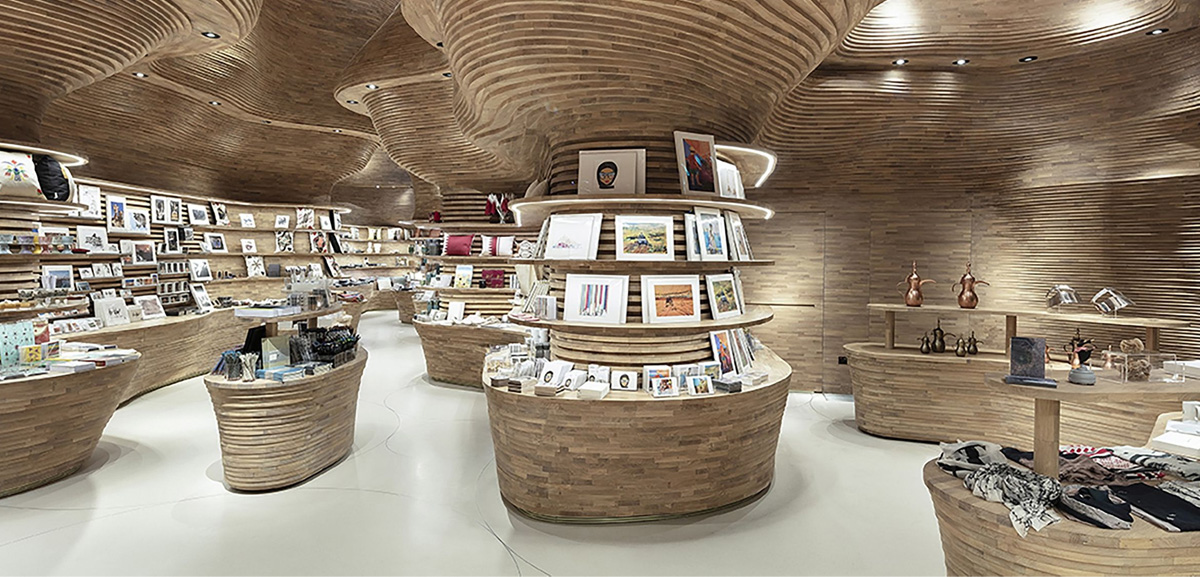Inspired by science fiction and a strange phenomenon on the Martian surface, researchers have discovered a way that Earth life could survive on the red planet.
A team of scientists at Harvard University, the University of Edinburgh, and Nasa’s Jet Propulsion Laboratory have found that a material called aerogel can trap enough heat from sunlight to create regions of liquid water and Earth-like temperatures on Mars. This technology, they say, could be adapted to build human habitats in the not-so-distant future.
Gulf Times
In a new study, the researchers show that placing a thin layer of a translucent aerogel — just a few centimetres thick — atop Mars’ surface could heat the ground by up to 50 degrees Celsius, or 90 degrees Fahrenheit, or more. This would be enough to thaw water previously frozen underground, providing the crucial ingredient to support life.
Just like carbon dioxide and other greenhouse gases, the aerogel allows visible light to pass through and warm up the ground, but makes it harder for infrared light — which humans cannot see, but experience as heat — to escape. Thanks to its unique structure, aerogel produces a much more efficient greenhouse effect than carbon dioxide.
“Jelly (is) a structure (made) of a solid filled with (tiny pockets of) liquid. If you suck out all the liquid and replace it with air, you get an aerogel,” said Laura Kerber, a research scientist at the Jet Propulsion Laboratory.
These air pockets are the key to heating up Mars. “Air is really bad at conducting heat, but it usually moves around and brings heat from place to place. But since (in the aerogel) it’s trapped in all these tiny pockets, then (the air) can’t mix around, and that makes it a great insulator,” she said. A similar type of aerogel is used to insulate the Curiosity rover currently exploring Mars, as well as deep sea pipes, fire-fighting equipment, and even houses here on Earth.
Scientists could deploy the aerogel on a small-scale first and then work up to more ambitious projects. “The simplest one … is to make (an aerogel) blanket and allow algae and microbial life (from Earth) to grow. Habitats for humans — it would still absolutely work, but you’d have to combine (the aerogel) with other materials,” said Robin Wordsworth, an associate professor of environmental science and engineering at Harvard.
“In its current form, (the aerogel) is pretty brittle,” Kerber said. Mars’ atmosphere is very thin and toxic to most Earth life, so any habitable structure would have to be airtight. She explained that in the future, tiles made of aerogel sandwiched between strong plexiglass could be used to make a pressurised dome for humans.
Because these Earth-life environments would be self-contained, they would also preserve whatever Martian life might exist. “Nobody wants to go to Mars and kill the only other life we find by out-competing it with Earth life. This is a nice solution; piece by piece, little contained island of habitability, we can live there and (not) mess it up,” Kerber said.
“This, we think, for the first time, is a local and scalable way to approach achieving Martian habitability. There are many challenges. But we think it is very exciting that this is now a possibility in our lifetime,” Wordsworth said.
This finding, exciting as it is, is only the latest in a story that began far before humans even walked on the moon.
The science fiction I started my life with (is) coming true,” said Edward Guinan, a professor of astrophysics and planetary science at Villanova University, who was not involved in the study. For more than a century, science fiction authors have been writing about human settlements on the red planet, depicted as having breathable air, liquid water, and advanced alien life.
Humanity’s understanding of Mars took a leap forward in 1965, when the Mariner 4 probe took the first close-up photos and found that Mars was entirely inhospitable to humans — deserted, dry, and with a dangerously thin atmosphere.
But writers and scientists — many inspired by their favourite novels — didn’t give up. Instead, they focused on terraforming: using technology to radically transform Mars into a place where people could survive.
In 1971, Carl Sagan proposed vaporising all of the frozen water and carbon dioxide of Mars’ ice caps. The resulting gas would then heat the planet by the same greenhouse effect behind Earth’s own global warming crisis. But in 2018, Nasa discovered that there was not enough frozen water and carbon dioxide on Mars for this plan to work without incredibly advanced technology.
Harvard’s Wordsworth felt pushed to think practically about terraforming. “(We asked) what actually could work and what couldn’t in our lifetime, as opposed to far in the future,” he said.
The direct inspiration for the aerogel project, however, came from Mars itself.
The same heating process “already happens on Mars right now, but with (frozen carbon dioxide). It’s pretty transparent, and accumulates on dunes. The sun shines through, and gas starts forming. And it finally explodes, and you get these geysers of (carbon dioxide) that leave black spots. Happens every spring,” said Kerber.
Having studied the Martian surface, Kerber has already discovered the ideal spot to build a human settlement.
“I know where all of the subsurface water is on the planet. There’s this place called Deuteronilus Mensae. If you want to do this, this is where I’d put your domes; this is where there’s water close to the surface,” she said.
As for what those living in aerogel-heated habitats on Mars might eat, Guinan and his astrobotany students are working on it. “We have a greenhouse in Villanova. We are growing plants in Martian simulated soil, (and) under the light conditions we get on Mars, “he said.
Guinan already plans for his students to experiment with growing their “Mars Garden” in an aerogel-based greenhouse. “I already bought (aerogel). We are actually going to try it,” he said.
Having worked in astrophysics for over 50 years, Guinan is hopeful that this new technology will see humans living and growing food on Mars within his lifetime.
Kerber believes that solving the remaining challenges — the largest of which is the trip to Mars itself — is only a matter of funding. “If someone said, ‘Here’s a bunch of money, and go do it,’ we’d do it. People think it’s so far out of reach, or something from a sci-fi film — it’s not. Let us try,” she said. — The Philadelphia Inquirer/ TNS
More on Lifestyle & Living







Leave A Comment
You must be logged in to post a comment.